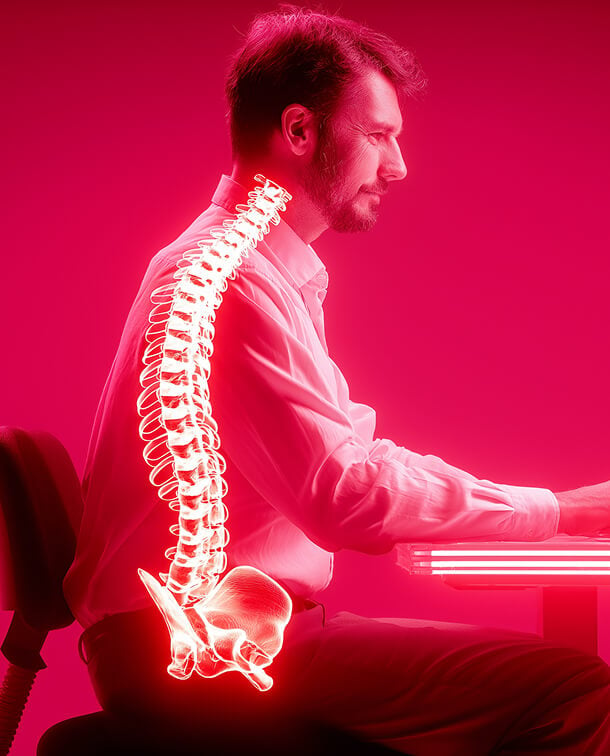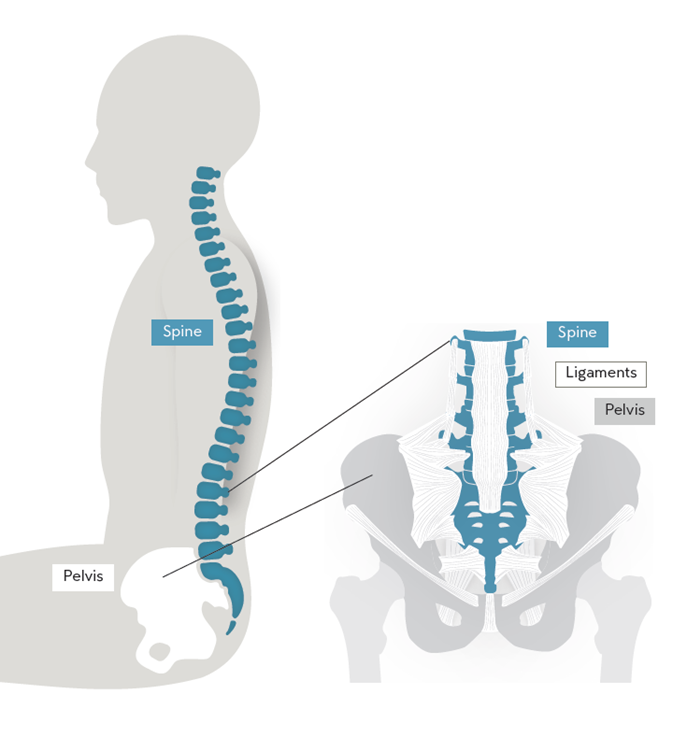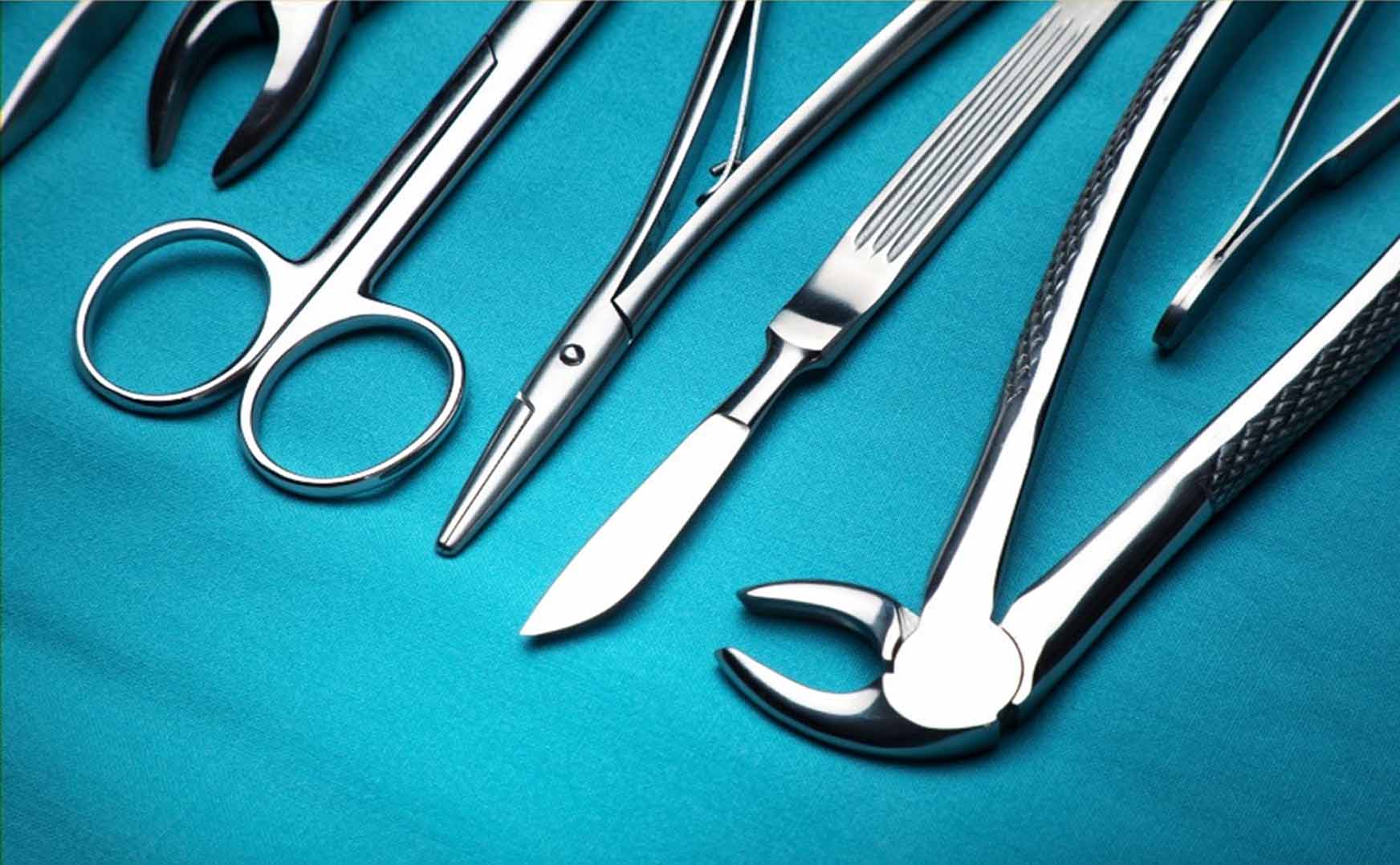Can poor posture contribute to spinal stenosis?
Spinal stenosis is a condition in which the spaces within your spine narrow, putting pressure on your spinal cord and nerves. This can lead to a range of symptoms, including pain, numbness, and weakness. And while there are lots of factors that can contribute to spinal stenosis, poor posture is one that’s often overlooked.
So, how exactly does poor posture cause spinal stenosis? To understand this, we first need to take a closer look at the structure of the spine. The spine is made up of a series of bones called vertebrae, which are separated by small discs. The spinal cord runs through the center of the spine, protected by these vertebrae and discs. The nerves that branch off from the spinal cord exit through small openings in the vertebrae called foramen.
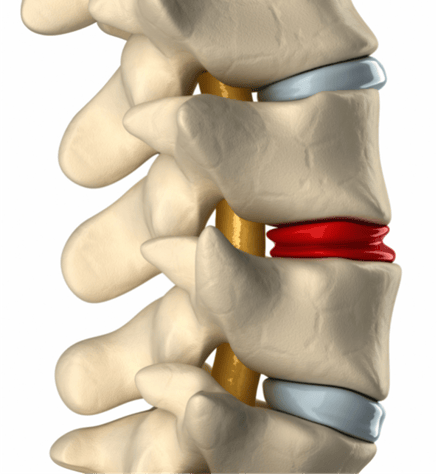
When we maintain good posture, our spine is properly aligned, which helps to ensure that these spaces remain open and unobstructed. However, when we slouch or hunch forward, our spine becomes compressed, causing these spaces to narrow. Over time, this can lead to spinal stenosis.
One of the most common ways that poor posture contributes to spinal stenosis is through the development of osteophytes, or bone spurs. When our spine is compressed, the body may respond by producing these spurs in an attempt to reinforce the weakened vertebrae. However, this can actually exacerbate the problem by further narrowing the spaces within the spine.
Additionally, poor posture can cause the muscles and ligaments that support the spine to weaken and become less flexible. This can lead to instability in the spine, which can also contribute to the development of spinal stenosis.
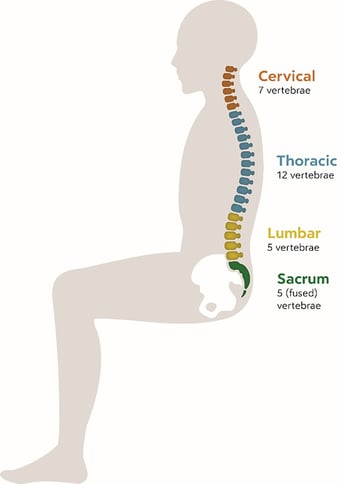
So, what can we do to prevent spinal stenosis caused by poor posture? The first step is to be mindful of our posture throughout the day. When sitting, make sure to sit up straight with your shoulders back and your feet flat on the floor or on a footrest. Avoid slouching or hunching over your computer or phone. When standing, make sure to distribute your weight evenly on both feet and avoid leaning forward or backward.
In addition to maintaining good posture, it’s also important to stay active and exercise regularly. This can help to strengthen the muscles and ligaments that support the spine, which can reduce the risk of spinal stenosis. It’s also important to maintain a healthy weight, as excess weight can put additional strain on the spine.
What if I struggle to maintain good posture all day?
Since many of us have to sit most of our days for work, it’s important to sit in a chair that supports the body in the right places to optimize the position of the spine. It’s difficult enough to hold ourselves up in good posture for even 30min, never mind a whole work day!
How should my chair support the body to minimize the risk of stenosis?
The key to an upright posture is to support the pelvis in neutral. Since L5 and the sacrum are connected to the pelvis with ligaments, when the pelvis rotates, the spine moves with it. Anthros is the only chair designed with an independently adjustable low back support that holds and maintains the pelvis in neutral. The upper back pad can then be adjusted to support the upper back in the upright position.
If you are looking to improve posture while sitting and minimize the risk of spinal stenosis, look no further than Anthros.
Anthros is the only chair in the world that is guaranteed to improve posture or your money back. The science-backed, patented design is registered with the FDA as a posture-improving chair and is proven to have the lowest pressure (most comfortable) cushion on the planet (verified by university testing).
Take the next step to reducing pain, increasing comfort, and maximizing performance!
References:
- Jacobson, Steven. “Poor Posture and Spinal Stenosis.” SpineUniverse, 5 Dec. 2017, www.spineuniverse.com/conditions/spinal-stenosis/poor-posture-spinal-stenosis.
- Benge, Jennifer. “Spinal Stenosis Causes and Risk Factors.” Verywell Health, www.verywellhealth.com/spinal-stenosis-causes-and-risk-factors-4159164.
- “Spinal Stenosis.” WebMD, WebMD, www.webmd.com/osteoarthritis/guide/osteoarthritis-spinal-stenosis#1.
Recent Post
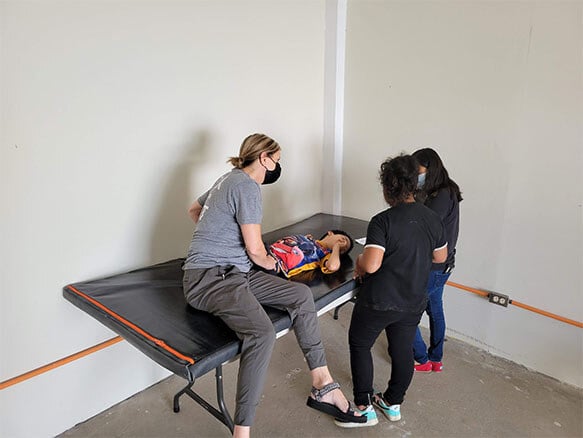
Four Lessons About Seating Everyone Can Learn from Wheelchair Users
September 18, 2025Working with wheelchair users has been an...
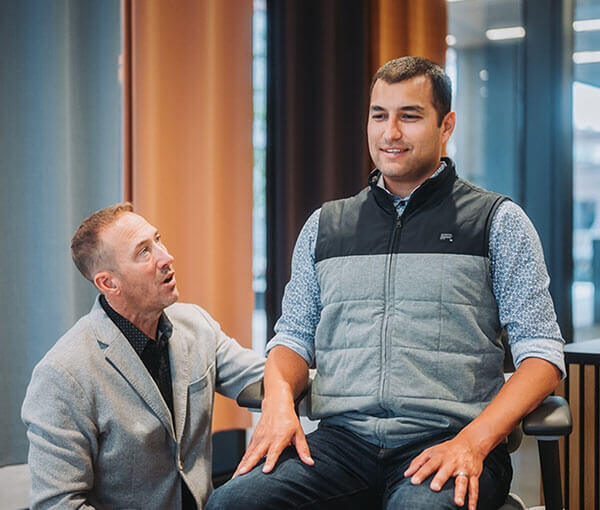
People Over Profits: Why Anthros Puts Comfort and Care First
September 17, 2025At Anthros, our mission is simple: to put people...






